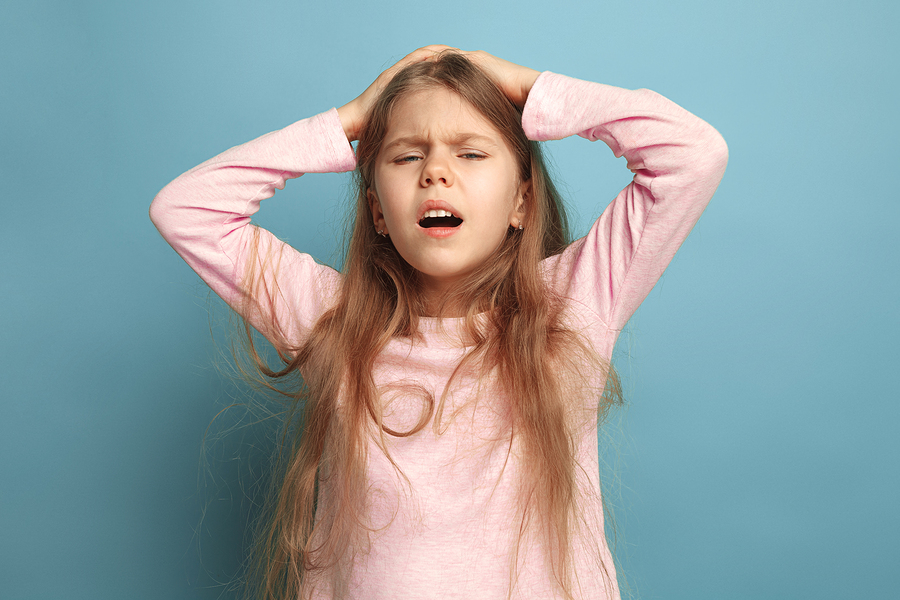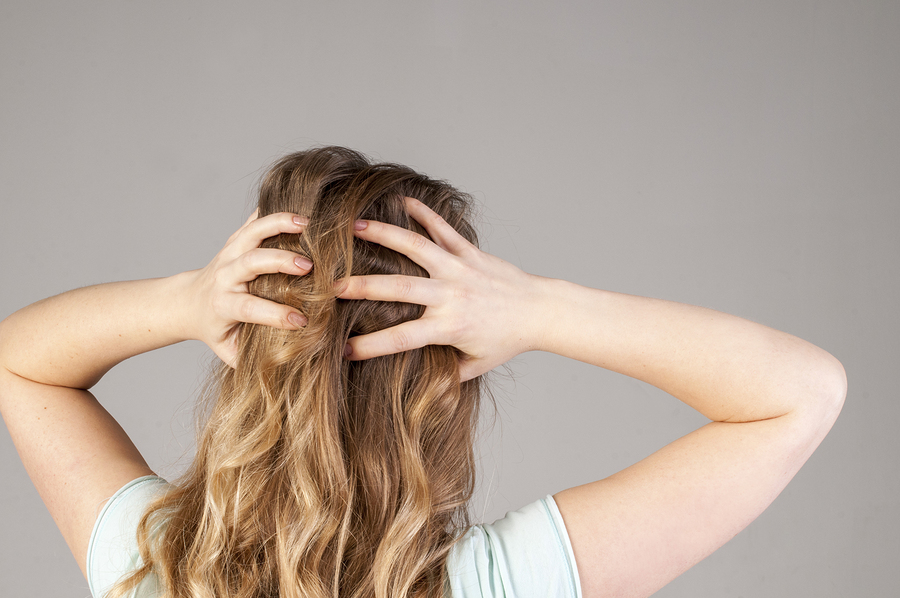Table of Contents
 If you think children are spared from migraines, you are wrong. As a parent, it is essential to know that migraines are a neurological disorder that affects people of all ages, including children.
If you think children are spared from migraines, you are wrong. As a parent, it is essential to know that migraines are a neurological disorder that affects people of all ages, including children.
As many as 39 million people in the world suffer from migraines, and about 5% of those are kids. Those as young as 18 months can get migraines; however, the ailment often goes underdiagnosed in children.
Consult a doctor or migraine chiropractor near Pittsburgh, Pennsylvania or anywhere near your location if your child suffers from recurrent or debilitating migraine symptoms.
Facts About Migraines in Children
Although they appear slightly differently in adults, migraines are just as disabling for children. Here are some facts about migraines in children that you should be well aware of.
- Around 10% of school-aged children in the United States suffer from migraines.
- Infants as young as 18 months have been reported to have migraine symptoms.
- The onset of migraines occurs before the age of 12 in many people.
- Children with migraines miss school two times more than those without migraines.
- Before puberty, boys often experience more migraines than girls. But through adolescence, girls tend to have more migraines than boys.
- By age 17, as many as 23% of girls and 8% of boys have already had a migraine.
- Infant colic has been linked to migraines. Some studies claim that it may be an early form of a migraine.
- Migraines can run in the family. If one or both parents have migraines, there is a 50% to 70% chance that their child can get migraines too.
Symptoms of Migraines in Children
Unlike in adults where the headache is the prominent symptom, children with migraines experience more non-headache and neurological symptoms. Other symptoms include:
- Dizziness
- Pounding or throbbing head pain
- Sensitivity to touch, light, sound, and certain smells
- Nausea and vomiting
- Mood swings
- Abdominal pain
Symptoms of migraines vary depending on what age the child is. Migraines manifest in different ways for every age bracket.
- Babies or infants may sometimes bang their head.
- Preschool children may look ill and experience abdominal pain with vomiting that can only be calmed by sleep. They may also display pain with changes in behavior (bad temper, sudden crying, and hiding in a dark place).
- Children aged 5 to 10 years may complain of head pain along with abdominal cramping, vomiting, nausea, sensitivity to lights and sound, sleepiness, swollen nasal passages, excessive thirst, increased urination, and diarrhea. They usually sleep within an hour of onset.
- Older children and teens may have more extended and recurring headaches, a throbbing sensation, and one-sided head pain.
In general, children have fewer and shorter migraine attacks than adults, but they can be just as debilitating and can make a child miss school or lose interest in normally enjoyable activities. They may develop anticipatory anxiety, the constant worry about when the next migraine may strike and interrupt everyday living.
Chronic migraine diagnosis in children and teens is more difficult than in adults. To be diagnosed, there should be more than 15 migraine episodes per month, lasting at least 4 hours. It should occur for three months or more in a row.
Migraines may even make children go through difficulties concentrating, depression, and fatigue. It’s devastating effects on a person’s mental and emotional wellbeing make the condition hard to care for.
How to Take Care of Children with Migraines
If you suspect that your child has migraines, be sure to keep them well-rested and stress-free, and see to it that they avoid their migraine triggers. Visit your family doctor, as they can educate you on everything to know about migraines, including in these aspects:
- Learning how migraines impact the parents and child
- Taking advantage of the importance of regular sleep, routine meals, and keeping a relaxed schedule for children, without many unnecessary events
- Discovering what can trigger a child’s migraines, and working to avoid them while understanding that this may lessen but not eliminate migraines
- Teaching the value of keeping a migraine diary to catch the source of the triggers for your child
During migraine attacks, your child’s relief from pain should be your top priority. Some great suggestions to ease their agony are as follows:
- Have your child lie down in a dark, cool, and quiet room to sleep and take a rest
- Put ice packs or pressure on the neck or head
- Use various methods that help your child be relaxed
Natural Care for Your Child’s Migraine
Instead of relying on medications that may have an unpleasant side effect on your child, you could address the underlying cause of migraines. Doctors found a relationship between migraines and a misalignment in the bones of the upper cervical spine, specifically the atlas and axis vertebrae.
An atlas misalignment puts pressure on the brainstem, which is responsible for the blood flow to and from the brain. Once the brainstem is stressed out, it could result in a glitch in the functioning of the central nervous system, which eventually causes the symptoms of migraines.
Here at Tranquility Specific Chiropractic in Pittsburgh, Pennsylvania, we use a gentle and accurate technique to return the misaligned bones to their correct position. We know how fragile a child’s spine is. We do not perform forceful popping or cracking of the spine. Our gentle spine adjustments can restore the communication, blood flow, and proper function of your child’s central nervous system, leading to less frequent migraines. Some of our patients even report the complete elimination of their migraines.
Bring your children to our migraine chiropractic clinic and enable them enjoy life migraine-free, as they should be.
To schedule a consultation with Dr. Bragg & Dr. Gurcak, call our Pittsburgh office at (412) 833-1314. You can also click the button below.

If you are outside of the local area, you can find an Upper Cervical Doctor near you at www.uppercervicalawareness.com.



